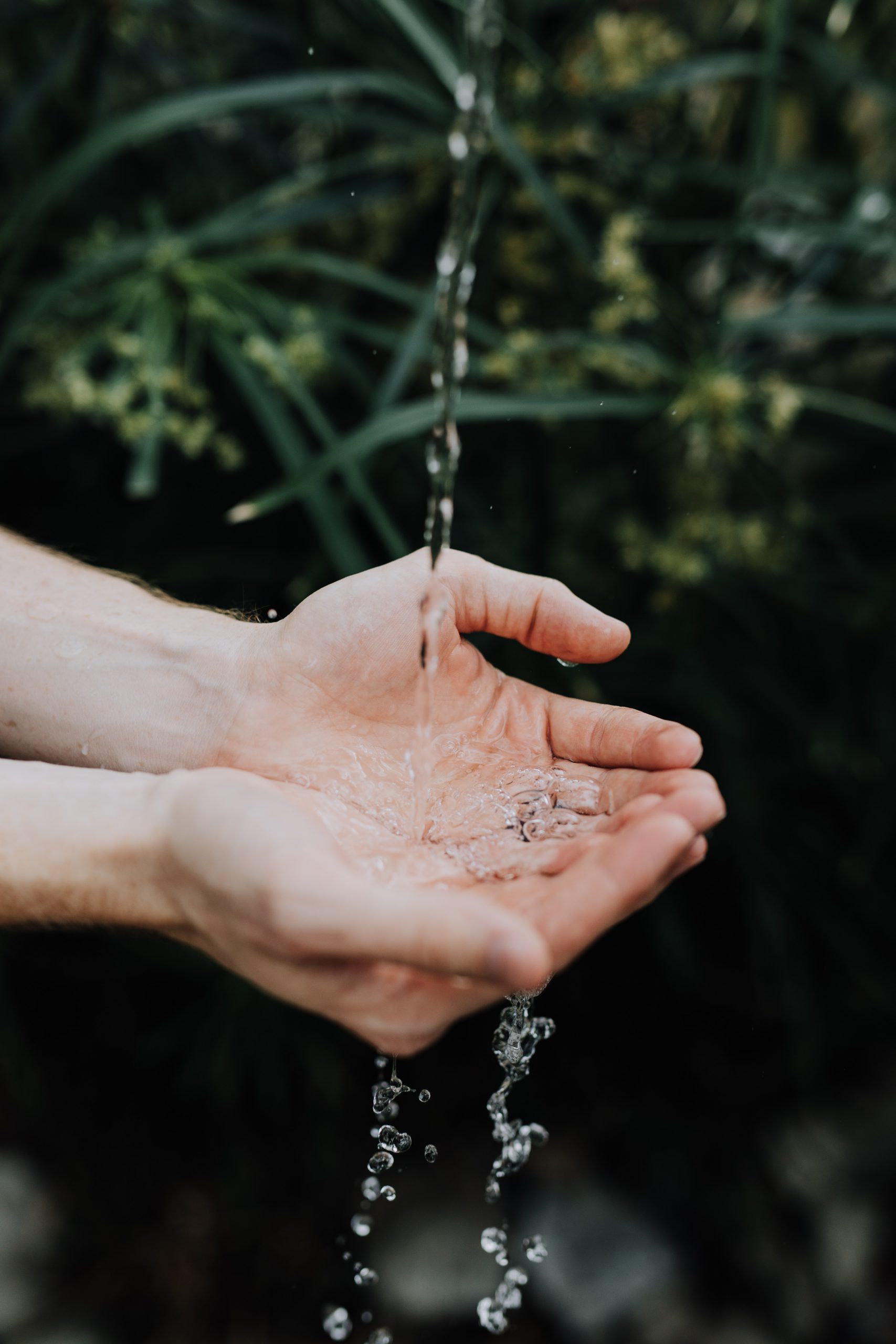Children are fond of exploring their surroundings using their senses. They use their hands to play with fascinating objects, hug their favorite toys, and hold their parents’ hands. With the number of surfaces they explore, they inevitably accumulate plenty of germs that can quickly spread among friends and family members. This makes teaching handwashing to children extremely important.
Even though it’s a simple activity, there are handwashing guidelines engineered to promote better hygiene while eliminating germs. Here are ways to teach handwashing to children while making it more fun:
Teaching the Proper Technique
The Centers for Disease Control and Prevention (CDC) have outlined a five-step procedure in adequately washing your hands. To encourage kids to wash their hands, you must first teach them this technique:
- Wet hands under clean, running water
- Turn off the faucet and thoroughly lather hands with soap: between the fingers, under the nails, and the back of the hands
- Scrub hands for at least twenty seconds, which is about how long it takes to sing “Happy Birthday” twice
- Turn on the faucet and run hands under the stream
- Dry hands using a clean towel
Demonstrating Through an Experiment
Children are visual learners and appreciate learning in interactive ways. One way to demonstrate the importance of handwashing is through an experiment. Have your child handle a slice of plain bread before they wash their hands. Allow them to touch the entire surface before setting it down, then put it in a clear resealable bag and label it accordingly.
Next, have your child wash their hands the way they usually would. Have them do the same to another slice of bread, running their fingers throughout the entire piece before putting it in another clear resealable bag. Label it appropriately then put the two bags next to each other on the counter.
Lastly, ask your child to wash their hands according to the technique above and ask them to touch the third slice of bread the same way they handled the previous two. Once they’re done, put it away in a clear resealable bag and label it. Arrange the three bags in a row and allow it to sit for a few days. Encourage your child to inspect the status of the bread and analyze the differences between the three pieces.
Using Fun Soap
Another way to make handwashing more fun for kids is to choose fun, fruity, and colorful soaps. Many soaps nowadays have been specifically formulated to appeal to children, so there’s a big chance that their favorite character is on the packaging of handsoap.
You can get a little more creative by choosing soap with unique properties, like ones that change colors once they work into a lather. You can also opt for an automatic soap dispenser that activates when your child puts their hands under it.
Providing Colorful Tools
One way to make handwashing more enjoyable for children is to make it accessible. Provide colorful and child-friendly stools so that they can easily reach the sink. Decorate the handwashing area with fun posters that remind them of handwashing protocols. Offer them with an hourglass or timer to guide them as they scrub their hands.
If your child can access the sink without any help, they’ll be more inclined to wash their hands on instinct. If everything they need is within reach, like a bar of soap and a towel, it will also make handwashing more comfortable.
Conclusion
Handwashing is an essential routine to teach children. As they grow more curious about the world around them and fearlessly interact with them, they risk catching germs that could lead to infection and illness. Proper hand hygiene will reduce these risks while keeping them clean and healthy.
For more health and medical news, be sure to subscribe to Dose of Healthcare. We regularly publish the latest news in the healthcare and medical industry to promote better hygiene habits for everyone, especially as the world is battling a contagious disease.


















